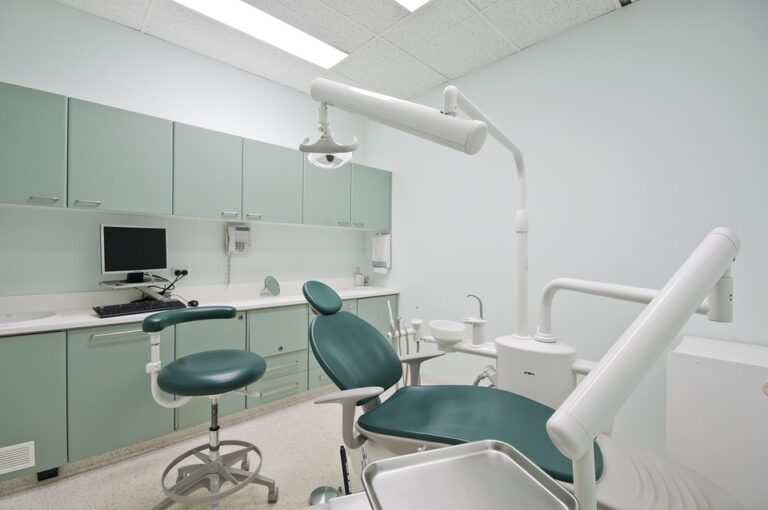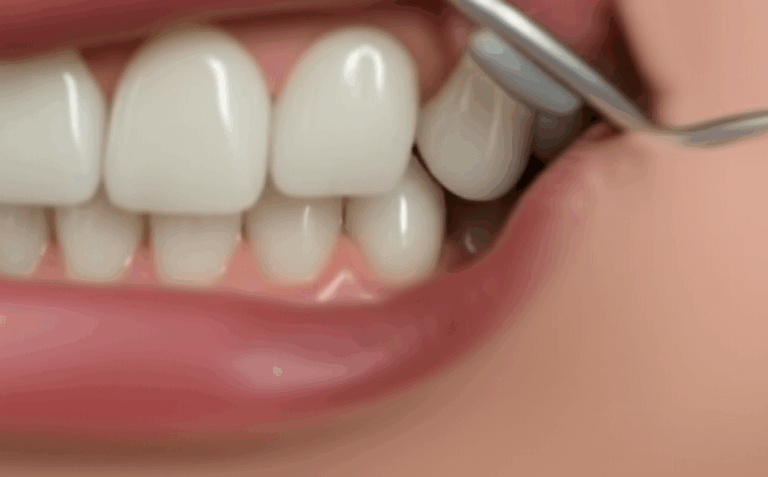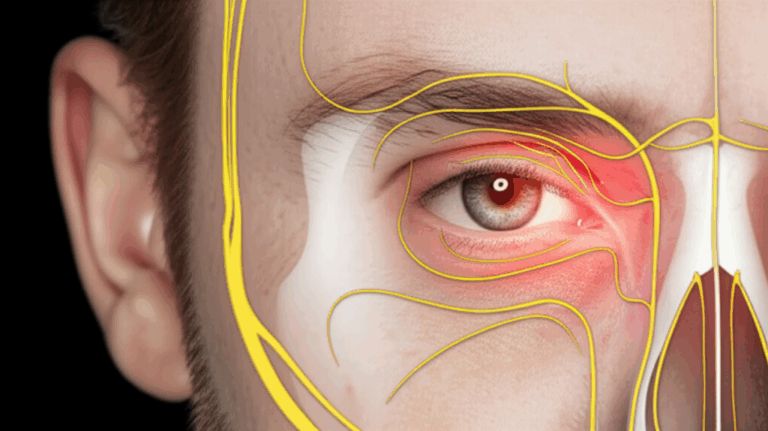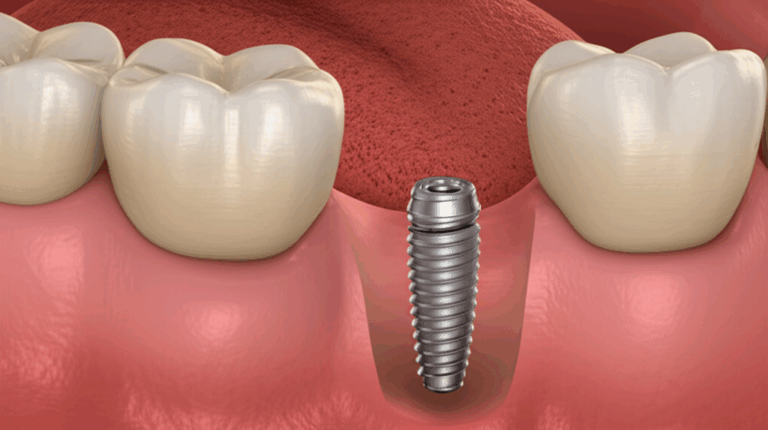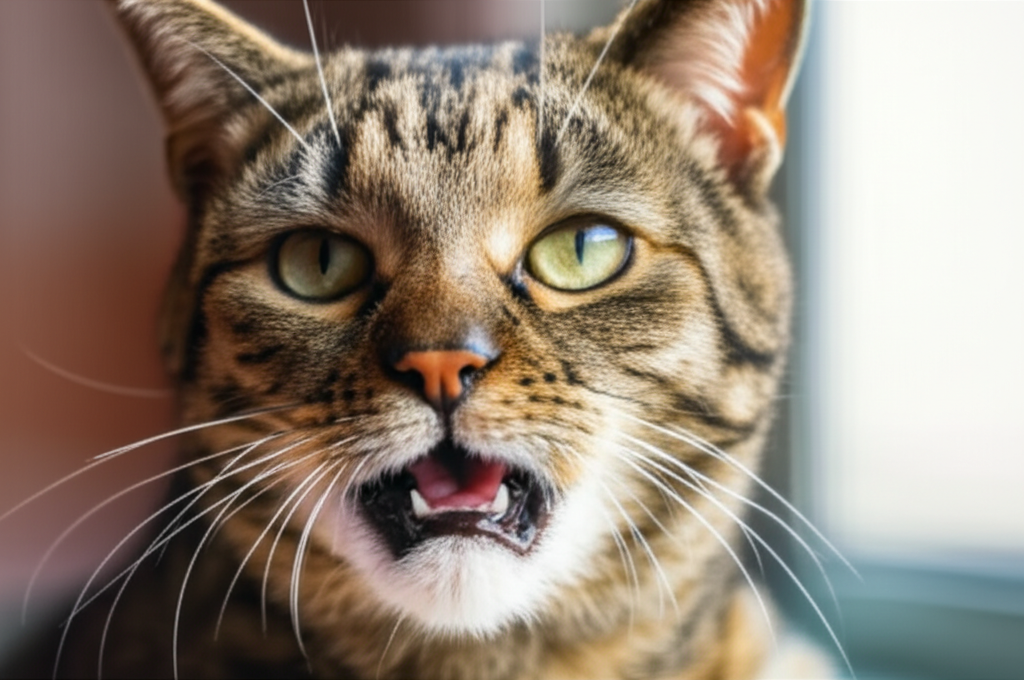
How to Know if Your Cat Has Dental Problems: 10 Warning Signs Every Cat Owner Should Recognize
First-hand tips on spotting the hidden signs of cat dental trouble—and what to do if you notice them.
Introduction: My Eye-Opening Journey with Cat Dental Health
I’ll be real—when I first adopted my cat, I almost never thought about her teeth. Sure, I’d notice her breath sometimes, but I just figured that was normal for cats. I thought I was a good owner, feeding her the best food and giving her a cozy home.
That all changed when I saw a small bit of blood on her gum when she yawned. That was the first time I really looked in her mouth. That little red mark sent me straight into learning about cat dental problems. I didn’t know before, but up to 70 or even 90 percent of cats over three get dental issues. The thing is, most cats, like mine, are really good at hiding pain so you won’t know something’s wrong until it’s bad.
Since then, I’ve made it my mission to understand more about my cat’s teeth and gums, and help other cat owners avoid the stress and worry I went through. In this guide, I’ll share clear signs, my own experience, and easy tips you can use to catch problems early and keep your cat’s mouth happy.
Table of Contents
- The Top 10 Warning Signs Your Cat May Have Dental Problems
- What to Do If You Suspect Dental Problems in Your Cat
- Preventing Future Dental Issues in Cats: What’s Worked for Me
- Conclusion: Why Your Cat’s Smile Matters More Than You Think
The Top 10 Warning Signs Your Cat May Have Dental Problems
Let’s jump in. Over time, I’ve noticed ten main signs that tell you your cat could have dental problems. I didn’t see all of these at once, but looking back, each one means something if you know what to look for.
1. Persistent Bad Breath (Halitosis)
Your cat’s breath probably won’t smell fresh, but if it’s always really bad, that means pay attention. I learned the hard way: a little fishy is one thing, but really stinky breath can mean an infection or too much plaque. Bad breath is usually the first sign something’s up in your cat’s mouth, and it’s caused by bacteria building up.
When my cat’s breath got worse, I ignored it. Isn’t bad breath normal for a cat? Not if it’s this strong. If your cat’s mouth always stinks, something is probably going on.
2. Changes in Eating Habits
This is the one that tricked me. My cat started nibbling her food, then quitting. She’d act hungry but just sniff her dish. Sometimes she’d try to chew only on one side, or drop her food like it hurt.
If you see your cat:
- Waiting a while at her food bowl
- Only wanting soft food or turning down crunchy food
- Chewing awkwardly, or trying to swallow food whole
- Always chewing on one side
…these are signs something may be hurting in the mouth.
3. Excessive Drooling (Ptyalism)
My cat sometimes drooled when she was happy, but then her chin was always wet. Sometimes there was even a bit of blood. Extra drool, or drool that looks weird, is a big sign of mouth pain or even infection.
Watch for more drool than usual, or spit that looks different. Clear, bloody, or thick drool means your cat’s mouth hurts.
4. Pawing or Rubbing at the Mouth or Face
I noticed this after my cat ate—she’d rub her mouth with her paw or swipe her face against things. She never used to do that. Cats with mouth pain will paw at their faces or act jumpy when you go near their head. This is your cat saying, “My mouth is sore!”
If this starts happening a lot or comes out of the blue, it’s time to look closer.
5. Swelling Around the Face or Jaw
One day, there was a bump under my cat’s eye. I thought it was a bug bite, but the vet said it was a tooth root abscess—an infection deep under her gum.
Any swelling around your cat’s jaw, cheeks, or eyes means you should visit the vet right away. Swelling often means the infection is deep and your cat needs real help now. This isn’t something to wait on—sometimes medicine and even surgery are needed.
6. Visible Tartar Buildup or Discolored Teeth
If your cat lets you peek inside her mouth, check her teeth color. Healthy teeth should look white, not yellow or brown. When I finally looked, I saw yellow and brown stuff stuck near her gums. That’s tartar, and it’s not good.
Tartar holds in bacteria and keeps it close to the gums. Brown or black spots mean decay. Your cat’s teeth don’t have to be perfect, but if they look more dirty than white, see a vet.
7. Red, Swollen, or Bleeding Gums (Gingivitis)
I still remember seeing a thin red line on my cat’s gum. Gums should be soft pink. If they’re red, swollen, or bleeding, it can mean infection or gum disease.
You might even spot blood on your cat’s toys or food bowl. If you see gums pulling back from the teeth, that’s not right either.
8. Loose or Missing Teeth
Cats don’t just lose teeth from getting old. If you see a tooth on the floor, something is pretty wrong. I noticed one of my cat’s teeth missing when I looked closely—another sign I missed earlier.
Loose teeth mean the gums can’t hold the tooth anymore, usually from infection or tooth trouble. Missing teeth almost always mean your cat’s dealing with pain.
9. Behavioral Changes
This might be the sneakiest one—changes in how your cat acts. My friendly cat got shy and stayed away from chin scratches. She’d even grumble if I touched near her mouth.
Other signs:
- Hiding a lot
- Sleeping more
- Not wanting to play
- Not grooming, so fur looks greasy or messy
If your cat’s mood changes for no clear reason, mouth pain might be why.
10. Weight Loss
This is a late and serious sign. Once cats hurt too much to eat, they start to lose weight. I noticed my cat got thinner, but it happened slowly because she ate less and less over time.
If your cat is losing weight, and you see any other signs on this list, go to the vet soon.
What to Do If You Suspect Dental Problems in Your Cat
When I figured out something was wrong, I first tried to fix it at home—brushing, changing bowls, looking up tips online. But cat mouths are tricky, and these problems don’t just go away on their own.
1. Don’t Try to Diagnose or Treat at Home
It’s tempting to try looking in your cat’s mouth or fixing things yourself, but this can make things worse. I tried it once, and my cat got mad and stressed out. You might hurt your cat or even make the infection spread.
2. Call Your Vet Right Away
Your cat needs real, professional help for dental checks. When I went to the vet, they did a full check, including x-rays and an exam while my cat was sleeping (under anesthesia). This is the only way to find all the problems you can’t see at home. It’s a relief to have answers from a pro.
Your vet might suggest:
- Cleaning while your cat is under anesthesia
- Tooth removal or surgery if needed
- Medicine for pain or infection
- How to care for your cat at home
In tough cases (like mouth tumors), cats may need to see a dental specialist.
3. Dental X-rays and Anesthesia
This was news to me—your cat has to be asleep (under anesthesia) for a real cleaning and x-rays. I was nervous, but my vet explained they’d check her blood first to make sure she was healthy enough. X-rays show problems you’d never see just by looking.
Preventing Future Dental Issues in Cats: What’s Worked for Me
I got serious about prevention only after a dental emergency. Now, I do these things to help my cat’s teeth:
1. Regular Vet Visits
I make sure to get my cat’s teeth checked every year at her vet appointment. If there are worries (like redness or tartar), we go a bit sooner. It’s way cheaper and easier than fixing big problems later.
2. Daily Tooth Brushing (If Your Cat Will Let You)
Not every cat will put up with this, and it took patience with mine. I use a special cat toothbrush and safe toothpaste. Brushing—even just a few times a week—helps keep plaque down and breath better.
3. Dental Foods and Dental Treats
I switched to a dental dry food (the kind the vet suggests). These kibbles scrub the teeth as your cat chews. Sometimes I give dental treats too, but treats don’t replace brushing.
4. Professional Cleanings As Needed
My vet recommends cleaning every one to three years, based on how fast tartar builds up. Older cats need these more often. Paying for a cleaning now is way less than dealing with bad infections or losing teeth later.
Conclusion: Why Your Cat’s Smile Matters More Than You Think
Cats are great at keeping pain a secret. They won’t show you an aching tooth or cry for help. From my own life, I know it’s your attention—things like smelly breath, not eating, acting strange—that makes the real difference.
If you spot any warning signs, do something fast. Acting early saves your cat pain and avoids worse problems with the heart, kidneys, or more. I wish I’d known sooner—trust me, watching your cat’s teeth is worth it.
If you want more on mouth care or info on teeth in general, check out teeth information.
Remember, a healthy cat starts with a healthy mouth. Don’t wait for something obvious—if anything seems off, call your vet. Your cat (and her breath) will thank you.
> “If you listen closely, your cat is always telling you something. Their mouth is no exception—so let’s make sure we’re listening for the right things.”

